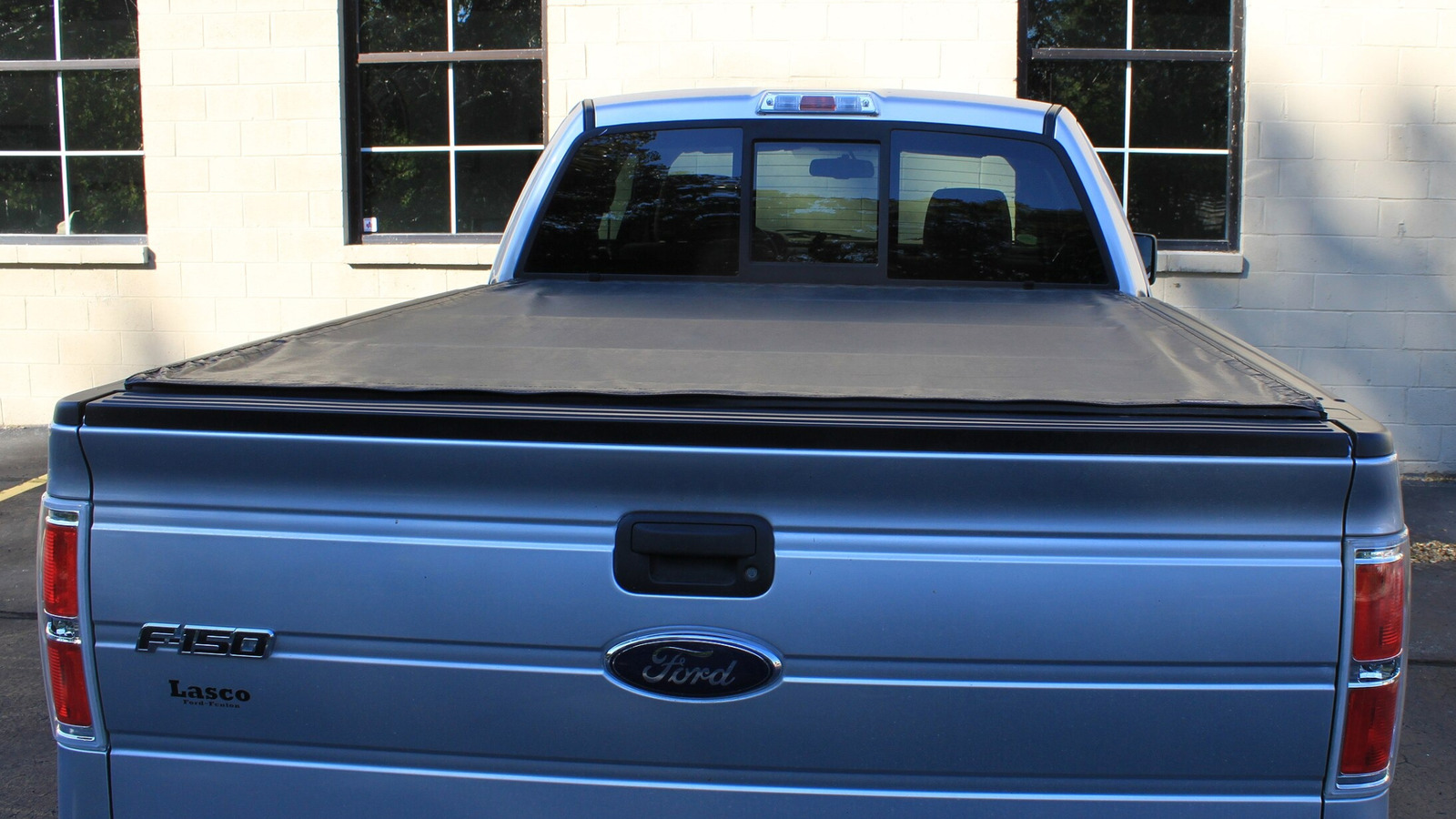The history of the product we know as a tonneau cover started sometime in the early 1900s. It's actually a French word with multiple meanings, one of which is "barrel." A French barrel, you say? We must be talking about wine, right? In a roundabout way, yes.
It can also be used to describe an automobile's rear seating compartment. Many early cars at the turn of the century didn't have roofs, so the rear seating compartment — the tonneau — sat open to the elements. The tonneau had a barrel shape that helped protect both the occupants and the seats from debris as the vehicle traveled down the right side of dirt roads .
Industrious car makers began providing soft leather covers that stretched from one side of the vehicle to the other, shielding the open rear compartment from all the nastiness. Another benefit was that it kept owners from whining (see what we did there?) about Mother Nature ruining their expensive new car. Before mechanically horse-powered beasts, a tarp (or tarpaulin) covered openings on a horse-drawn cart or buggy.
When Utah's Bonneville Salt Flats became the mecca for chasing speed records, drivers used leather, old bedsheets, and scraps of canvas to fashion crude covers to close any openings that created drag. As automobiles became more prolific, the terminology changed from tarp to tonneau cover. So, you can see why such a cover might benefit the wide opening of a truck bed.
Back in 2007, Motor Trend conducted a fairly stringent test involving three diff.



















